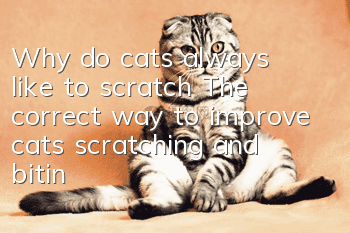Treatment principles for cat stomatitis

Treatment principles for cat stomatitis:
1. If a cat has stomatitis, it will be more painful when chewing food. At this time, you should give it some soft and waxy food. Food that is easy to chew will not easily irritate the stomatitis area.
2. The reason why cats are prone to stomatitis is because the body lacks some vitamin B. You can puree some fruits and vegetables and let the cat eat them. You can also feed the cat some vitamin B. Replenish vitamin B that the body lacks.
3. When a cat has stomatitis, the cat’s mouth will feel a little painful and there will be a strong odor in the mouth. Pet owners should help the cat deal with it in time. You can spray it on the area where the cat has stomatitis. Apply some mouthwash, and later prepare mouthwash to rinse the cat's mouth after meals.
Symptoms of stomatitis in cats:
1. In the early stage of stomatitis in cats, symptoms such as depression, loss of appetite, drooling, and difficulty chewing will appear. At this time, you can usually find some minor ulcers in the cat's mouth, and there will also be a red line at the junction of the teeth and gums.
2. The cat’s oral ulcer surface will increase, it will drool a lot, and it will be unable to eat. Eventually, the cat will experience a decline in mental state, become thinner, and lose weight.
3. When a cat’s stomatitis is severe, it may develop to the throat, and the oral mucosa may even suffer from erosion and ulcers.
4. As the disease progresses, cats will often show symptoms such as listlessness, drooling, reduced exercise, and lying on the ground.
- What should I do if my cat is in heat? Four major aspects that you should pay attention to when your cat is in heat!
- What will happen if the cat is not vaccinated?
- What is the cause of Persian cat cold? How to prevent colds?
- What do American Curl kittens eat? Feed kittens regularly and quantitatively
- How to raise a snowshoe cat? How to raise a snowshoe cat
- How to easily groom a Persian cat?
- It’s okay not to hit the cat triplet
- Can a cat take a bath while being beaten?
- What should I do if my cat always scratches the curtains?
- Why do cats in Canada have no fur? How much does it cost?



